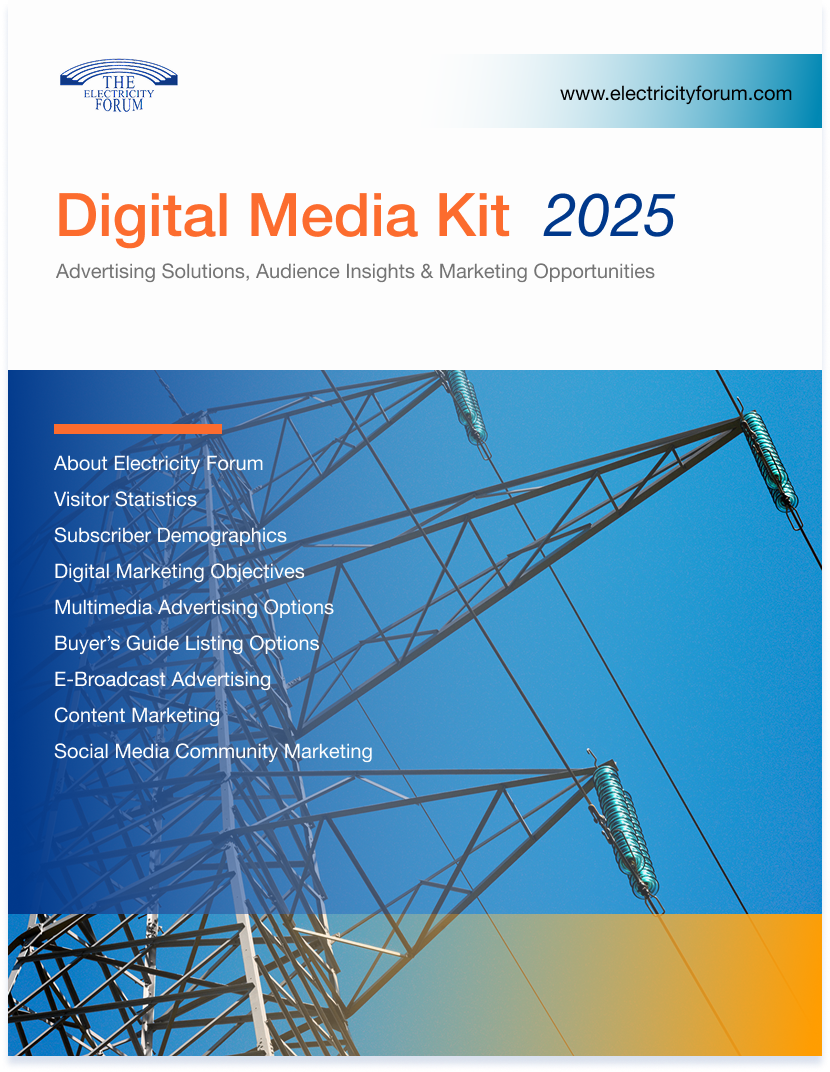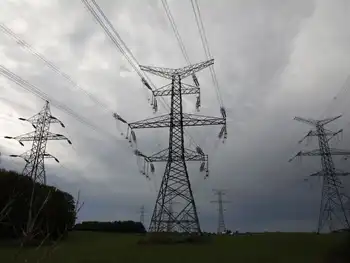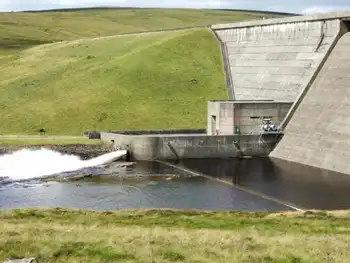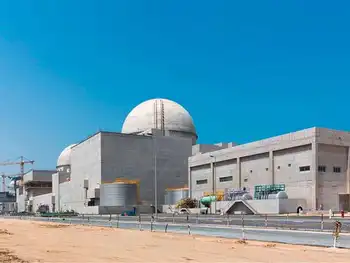A new path for new nuclear plants
By Associated Press
Electrical Testing & Commissioning of Power Systems
Our customized live online or in‑person group training can be delivered to your staff at your location.

- Live Online
- 12 hours Instructor-led
- Group Training Available
Of the nation's 104 commercial reactors, no two are exactly the same, a fact that experts blame for causing construction and regulatory delays and leading to bigger bills for power customers. The longer it took to approve and build a reactor a generation ago, the more electric customers ended up paying in the end.
"That system just wasn't workable," said Richard Lester, head of the nuclear science and engineering department at the Massachusetts Institute of Technology.
As the nation moves closer to breaking ground on its first nuclear plant in decades, industry executives want to avoid the problems of the past by getting the government to designate a handful of reactor designs, then let companies choose from that list.
Analysts and critics of the nuclear power industry still question whether the sector has absorbed the lessons from disasters such as the Three Mile Island accident. They also note that an off-the-shelf approach has its own risks: If a bad design is approved and not fixed, for instance, the problem could wind up at nuclear plants across the country, said Louis Zeller, science director of the Blue Ridge Environmental Defense League.
The off-the-shelf strategy has its roots in the 1980s, when power plant owners urged the government to streamline the regulatory process and told suppliers to design reactors that were more reliable, less costly, quicker to build and based on a standard design easily replicated.
The plan is getting one of its first tests at Plant Vogtle in eastern Georgia, where Atlanta-based Southern Co. is vying to win the first approval to build a nuclear reactor since 1978. The Obama administration has offered roughly $8 billion in federal loan guarantees to finance the project.
Instead of using a custom-built reactor, the developer has picked from among five reactor designs, the majority of which still are still under review by the Nuclear Regulatory Commission, which oversees safety in the civilian power industry. Southern Co. has picked the Westinghouse Electric Co.'s AP1000 reactor, which has the largest share of the market.
It's competing against other rival designs such as GE Hitachi Nuclear Energy's ABWR and the ESBWR, Areva's EPR and the US-APWR from Mitsubishi Heavy Industries.
Decades ago, power companies had more freedom to design a custom system or make changes to an existing one.
"It's much more expensive because you have to pay for the design of each plant — that's hundreds of millions of dollars," said Ed Cummins, a Westinghouse vice president who oversees new plant technologies. "If you have a standard plant, you do that once."
To meet industry requests, the AP1000 relies more on natural forces like gravity and evaporation to power its emergency systems instead of electric motors and pumps. It is designed for an operating life of 60 years.
Other reactors on the market make similar claims. General Electric says the ESBWR would use gravity and evaporation to power some of its emergency backup systems and, like the AP1000, needs fewer pumps, valves and motors than earlier designs.
Jacques Besnainou, CEO of AREVA North America, said safety was a selling point for his firm's EPR, which has a system to catch and cool a molten core in the event of a major accident.
He acknowledged there is a learning curve for new projects. Finnish utility TVO recently announced most work on its EPR reactor will be complete in 2012, three years later than planned.
Besnainou said those problems occurred because the nuclear supply chain was essentially dormant for years. Projects in China are meeting schedule, he said.
"The key here is to be able to demonstrate that we can build a new reactor on time and on budget," he said. "Once we do that, the renaissance as a whole is golden." Engineers want not just reactors based off the same design but a more uniform method of building them. Instead of assembling the power plant piece by piece, the AP1000 would be assembled by hoisting more than 300 prefabricated blocks into place. Some are as small as a desk, others as big as a six-story building.
Westinghouse says the technique is supposed to allow for better and quicker assembly.
Construction has yet to begin. The NRC must first certify the reactor design as safe. Because of rules adopted after the Sept. 11 terror attacks, Westinghouse needed to engineer a concrete-and-steel shield building so the reactor would be protected from the impact of a large airliner.
The NRC is still determining whether that shield meets its requirements. A final decision on the entire reactor is not expected until September 2011.
A previous version of the reactor was approved and is being built in China. It was never constructed in the United States for lack of commercial demand.
Federal regulators have not given approval to break ground on a new plant in a generation, mainly because power companies did not want them. A bad economy in the late 1970s curtailed the demand for energy and made it expensive to build. After the 1979 accident at Three Mile Island, a plant in Middletown, Pa., nuclear plants already under construction needed costly redesigns to comply with new safety rules.
Issues must still be resolved with several of the reactors before they can be built. Arnold Gundersen, a Vermont-based engineer hired by groups opposed to the Plant Vogtle project, has warned regulators that the steel container housing the reactor vessel — which contains highly radioactive fuel — could corrode, causing a radioactive leak if the reactor system ever suffered a breach.
Westinghouse says the steel container is thick enough to avoid damage and would be frequently inspected to identify problems.
Even skeptics such as Gundersen see benefits to standardization, but they worry about what will happen if there is a rush to build with little room to learn from experience.
"Right now, nobody is learning from the first guy's mistakes," he said.











